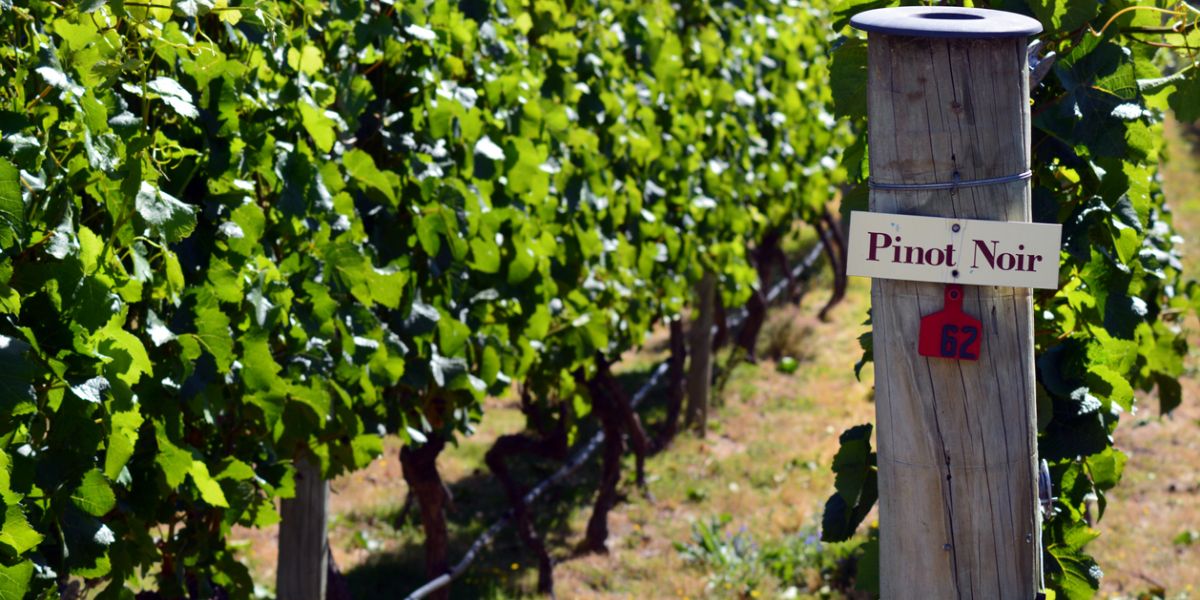What Are Hybrid Grapes?
Vitis vinifera - It’s the European grapevine you know that produces grapes like Chardonnay, Cabernet Sauvignon, Merlot, and Pinot Noir. It’s centuries in the making. What you may not know, though, is that technology and viticulture have been advancing for quite some time, and today, many winemakers are turning away from Vitis vinifera and toward hybrid grapes.

Just by crossing Vitis vinifera with other grapes that have been created, the other tannins and acid structures completely change. While very few vineyards use these hybrids - less than 5% by most estimates - the reality is that with the continually changing climate around the world, hybrid grapes may be the solution to many problems.
What are hybrid grapes, though, and how are hybrid grapes made? This quick guide will walk you through everything you need to know about these grapes and how they might affect your next bottle of wine.
What Are Hybrid Grapes?
Hybrid grapes are a lot like other hybrid crops created today. They’re the offspring of two different grape varietals that either happened naturally or occurred in a lab. Some hybrids are fairly well-known and have been part of the wine world for years. For example, Cabernet Sauvignon is a natural hybrid that came from crossing Cabernet Franc and Sauvignon Blanc. The world of wine simply wouldn’t be the same without it.
These days when you see the term hybrid grapes used, though, you’re probably not hearing about those kinds of crosses. Instead, you’re hearing about the kinds of creations that have taken place in a lab to create a newer, stronger varietal for various climates.
How Are Hybrid Grapes Made?
Hybrid grapes are made when breeders choose two varieties based on specific traits like tolerance in certain climates or flavor characteristics. The seed parent receives pollen from the pollen parent by transferring pollen grains to the stigma of the female flowers. Those fertilized flowers develop into a grape berry, which contains seeds.
Each one carries a combination of genetic material from both parent vines. They’re then planted in a controlled environment, and the seeds are stratified to help stimulate germination. The seeds turn into seedlings, and they’re carefully observed to see what characteristics are prominent. The most promising seedlings are further propagated, evaluated, and tested to see how they might survive in a real world setting. If things look good, they’ll be propagated through grafting or tissue culture to make certain the new variety maintains the original traits, then it is cultivated on a commercial scale.
This process is not a fast one. It can take many years and multiple generations of plants. What’s more, though, is that it doesn’t always work as planned, and must be carefully monitored throughout.
Where are Hybrid Grapes Being Used?
For the most part, hybrid grapes are being used throughout the U.S. and Canada. Since the very beginning, winemakers in the U.S. have been considered outliers, continually experimenting and changing the process, and today, you’ll see lots of hybrid grapes being used in the Northeast and in the Midwest.
While more established growers like those in Washington, Oregon, and California, tend to stick to more established grapes, small wineries almost everywhere are starting to use the hybrids, and that’s not a trend that will likely change soon.
In Canada, hybrids have been adopted again and again on both coasts because they grow better in cooler temperatures. Adding grapes to climates across the North American region where they’ve never grown before is becoming more popular, and those regions that are really taking off tend to use hybrids.
They’re used in wine-adjacent drinks like vinous ciders and piquettes, as well as organic wines because they tend to be much hardier than traditional grapes.
Today, there are several different varieties. Here are just a few.
Frontenac: There’s a Blanc, Gris, and Noir version of this one out there, and they tend to be really popular in Vermont and Minnesota. They’re low on tannin and high on acidic properties, making them a great choice.
Seyval Blanc: This one tends to be most popular in Canada and in the midwestern U.S. It’s great for sparkling wines, and it’s sometimes blended with Sauvignon Blanc and Riesling for beautiful results.
Marquette: This one is primarily used in Vermont and New York, and it makes a red wine that seems a bit reminiscent of Pinot Noir if you were to add a bit of depth to it.
Vidal Blanc: Seemingly designed for ice wine in Canada, this option has fairly high acidity levels and a thick outer skin, making it perfect for colder regions. It’s resistant to fungal diseases too.
Hybrid grapes are going to continue to be part of the wine world, particularly when people are looking for something different all the time. As they begin to get the respect they deserve, they’ll only spread further to create many new options even outside of North America.